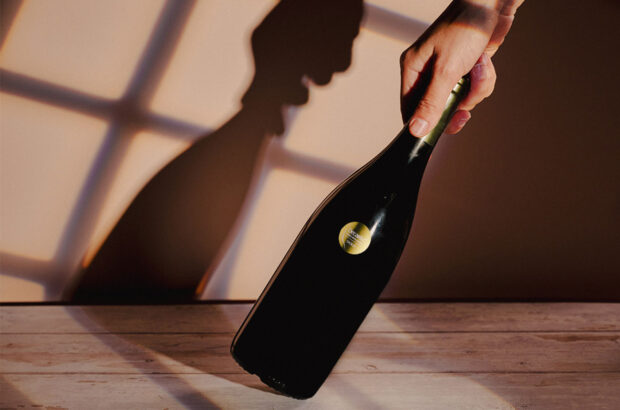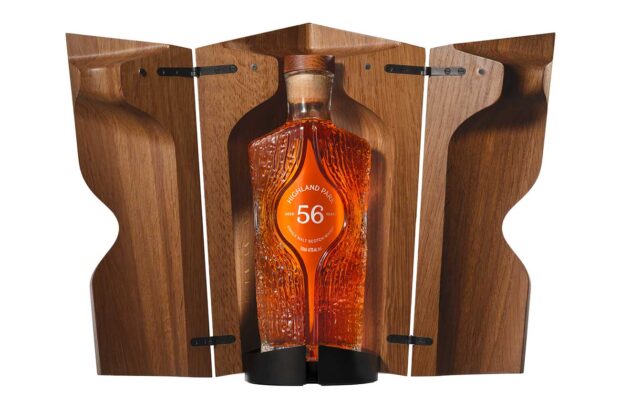A new system for evaluating wine based on its health-giving properties has been launched by online retailer Vinopic.
Vinopic analyses and scores wines using a scale that ranks factors such as their content of polyphenols, especially procyanidins – anti-oxidants that can protect against the danger of various illnesses – as well as negative factors such as high amounts of alcohol, sulphites, and sugar.
Roger Corder, Professor of Experimental Therapeutics at the William Harvey Research Institute in London and a partner in the site, said there was a need for ‘a new standard’.
‘Too often, tasting notes or labels don’t help consumers make informed choices.’
To that end, Corder – author of a book called The Wine Diet – evolved what he calls the Intrinsic Quotient. This rewards well-structured wines, with healthy grape tannins – as opposed to over-ripe grapes or over-reliance on oak – and penalises high levels of alcohol.
‘We need to have a dialogue with winemakers about alcohol levels,’ he said. ‘Consumers want choices, but don’t get them.’
Recommended wines are then tasted and evaluated by Rosemary George MW for drinkability and a ‘Vinopic score’ is created. White wines, which have little polyphenol content are offered, but rated on taste alone.
Consumers can also have a say, by rating the wines they buy for quality and value. Their scores are then factored in.
‘If labels gave more of the right sort of information, there would be no necessity for this,’ Corder said.
Written by Brian St Pierre







